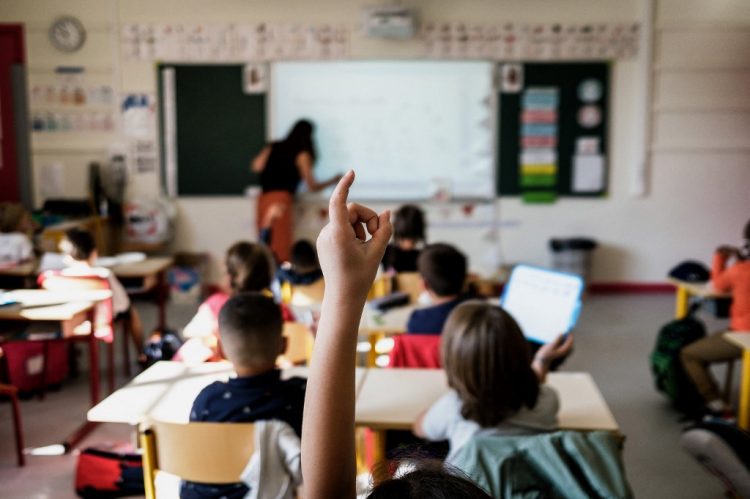
The secondary school in the town of Vela Luka on the southern Croatian island of Korcula has, along with nine other Croatian secondary schools, been chosen for participation in a European Union youth project.
The project, called “The Future of Europe: the European Year of Youth”, was launched by Croatian member of the European Parliament Predrag Fred Matic and lasts until the end of this year.
It involves over 4,300 Croatian secondary school students, who will raise key issues faced by their communities and propose solutions.
In addition to Vela Luka, secondary schools in the towns of Vukovar, Cakovec, Velika Gorica, Split, Slavonski Brod, Konjscina, Pula, Petrinja, and Krk also participate in the project.
Participation in this project is of special importance to a small island school such as the one in Vela Luka, which has about 120 students and 28 teachers.
“This project will give our students a chance to speak about their problems and get actively involved in EU decision-making processes,” the Head of Vela Luka Secondary School, Ofelija Dragojevic, told the Croatian state news agency Hina.
The school, established in 1952, provides four-year programs in humanities and social sciences and in economics, as well as three-year programs for chefs and ship engineers. In 2021, it was chosen for the fourth time as a European Parliament Ambassador School.
The participating students will work on topics relating to education, unemployment, culture, sports, politics, ecology, and problems faced by vulnerable groups among young people.
Each school will focus on a specific area, and the students in Vela Luka will deal with cultural and sports activities for young people. They will identify key problems and discuss them first with individuals, organisations, and institutions in their local community, and then with those at the EU level.
The students in Vela Luka will present specific problems faced by young people on their island, in particular the lack of cultural and sports amenities and activities with which they could fill their free time, as well as connectivity.
More information about the European Year of Youth is available at https://europa.eu/youth/year-of-youth_en.

Kakvo je tvoje mišljenje o ovome?
Budi prvi koji će ostaviti komentar!